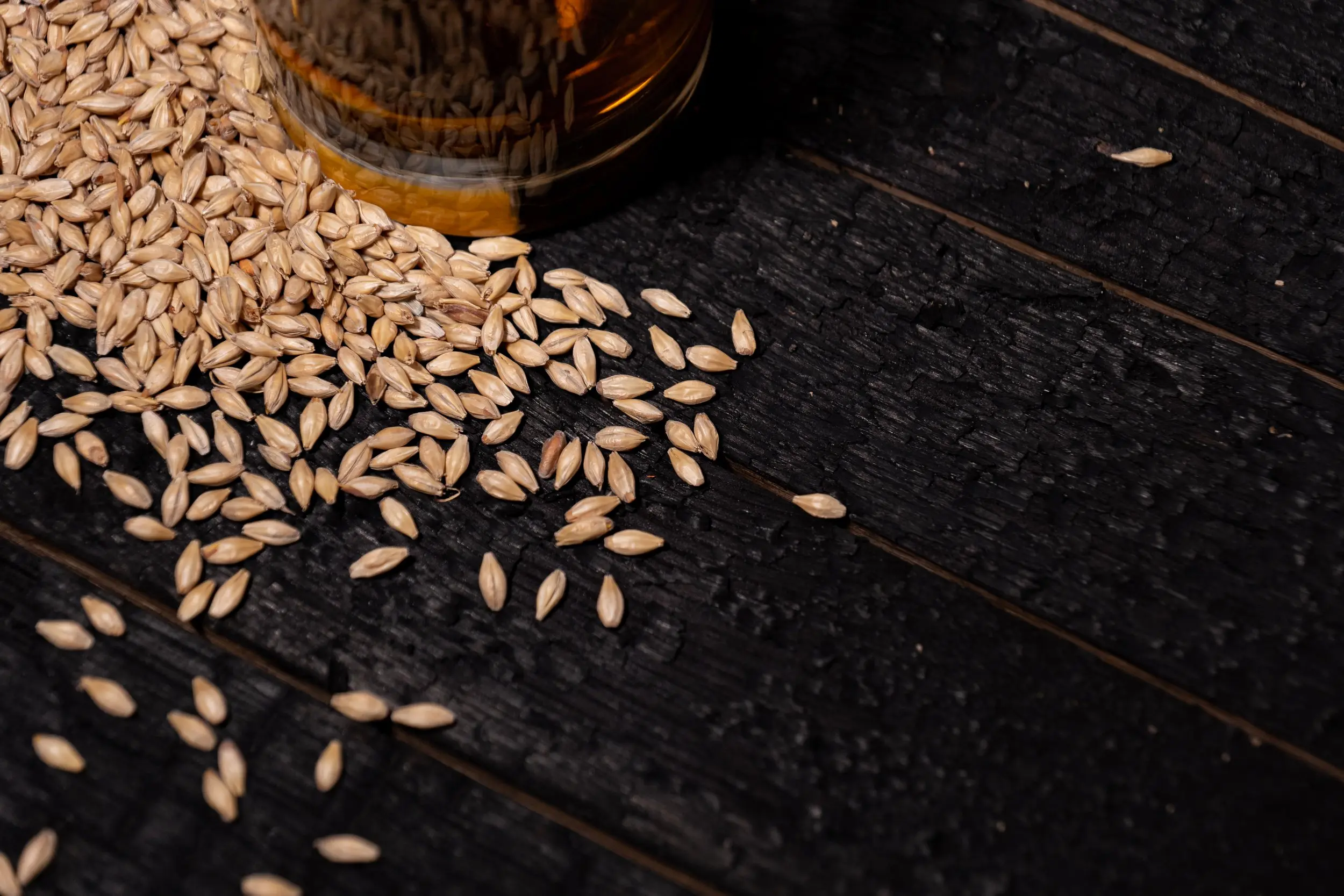When it comes to brewing beer or distilling spirits, the choice of ingredients plays a crucial role in determining the final product's flavor profile. One of the most intriguing options available to brewers and distillers is smoked grains. These specialty grains add a distinct smoky flavor to beverages, creating a truly unique and memorable experience for the consumer.
What are Smoked Grains?
Smoked grains are a type of specialty grain that has been exposed to smoke during the malting process. This exposure imparts a smoky aroma and flavor to the grains, which is then transferred to the final product. The smoking process typically involves using wood or other combustible materials to produce the smoke, which is then passed over the grains.
Why Use Smoked Grains?
Smoked grains offer brewers and distillers the opportunity to create beverages with a distinctive flavor profile. The smoky notes can range from subtle to intense, depending on the type of grain used and the duration of the smoking process. This versatility allows for a wide range of possibilities when it comes to crafting unique and complex flavors.
Types of Smoked Grains
Smoked Malt:
Smoked malt is one of the most commonly used types of smoked grains in brewing. It is typically made from barley that has been smoked using hardwood, such as beech or oak. The resulting malt adds a robust smoky flavor, reminiscent of campfire or barbecue, to beers and spirits.
Smoked Wheat:
Smoked wheat is another popular choice among brewers and distillers. It offers a milder smoky flavor compared to smoked malt, making it suitable for a wider range of beer styles. Smoked wheat can contribute subtle hints of smoke, enhancing the overall complexity of the beverage.
How to Use Smoked Grains
When using smoked grains in brewing or distilling, it is important to consider their intensity and impact on the final product. The amount of smoked grains used will depend on personal preference and the desired flavor profile. It is recommended to start with a small amount and gradually increase it until the desired level of smokiness is achieved.

- Q: Can smoked grains be used in combination with other specialty grains?
- A: Absolutely! Smoked grains can be used in combination with other specialty grains to create complex flavor profiles.
- Q: Are smoked grains limited to beer and spirits production?
- A: While smoked grains are commonly used in brewing and distilling, they can also be incorporated into other culinary applications, such as smoked grain bread or smoked grain-infused sauces.
- Q: Are there any precautions to consider when using smoked grains?
- A: It is important to note that smoked grains can be quite potent, so it is recommended to use them in moderation to avoid overwhelming the overall flavor of the beverage or dish.
In Conclusion
Smoked grains offer brewers and distillers an exciting opportunity to experiment with unique and memorable flavors. Whether it's the robust smokiness of smoked malt or the subtle complexities of smoked wheat, these specialty grains add a distinctive touch to beverages. By carefully considering the intensity and impact of smoked grains, brewers and distillers can create truly exceptional products that stand out in a crowded market.
If you want to know other articles similar to Discover the flavors of smoked grains for brewing and distilling you can visit the Brewing category.


Related Articles